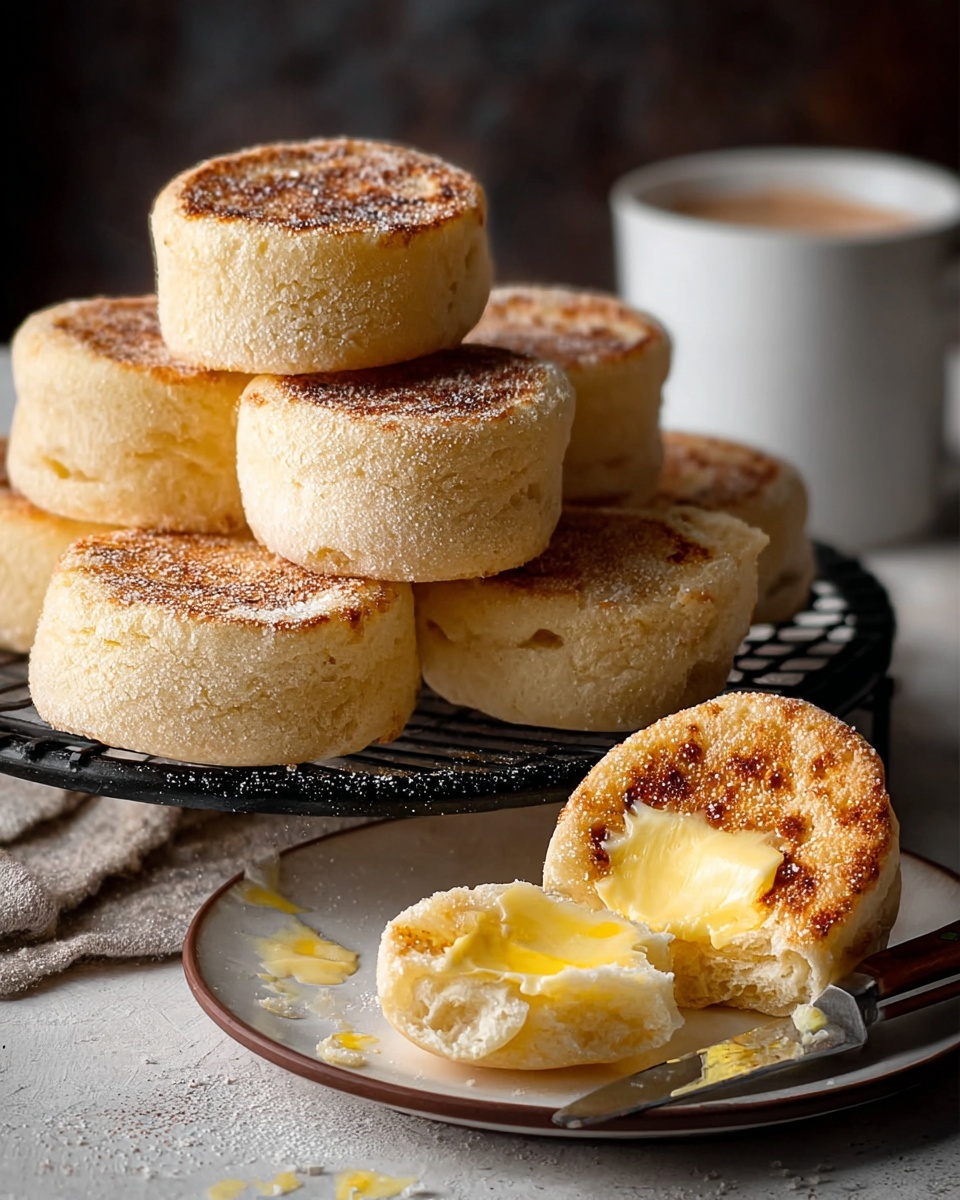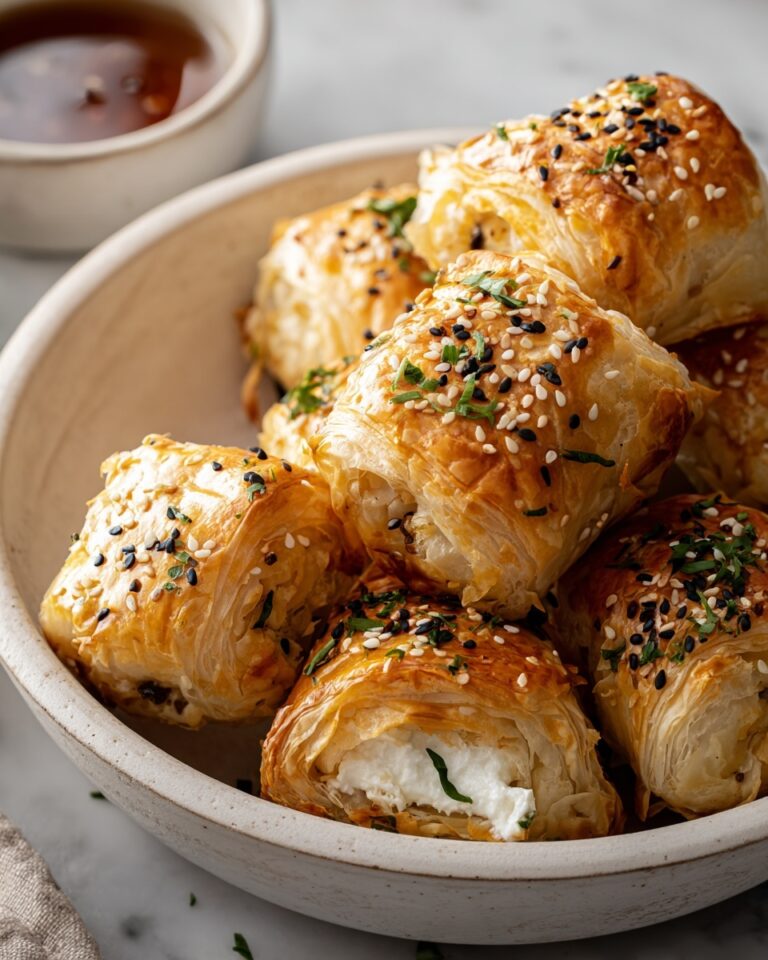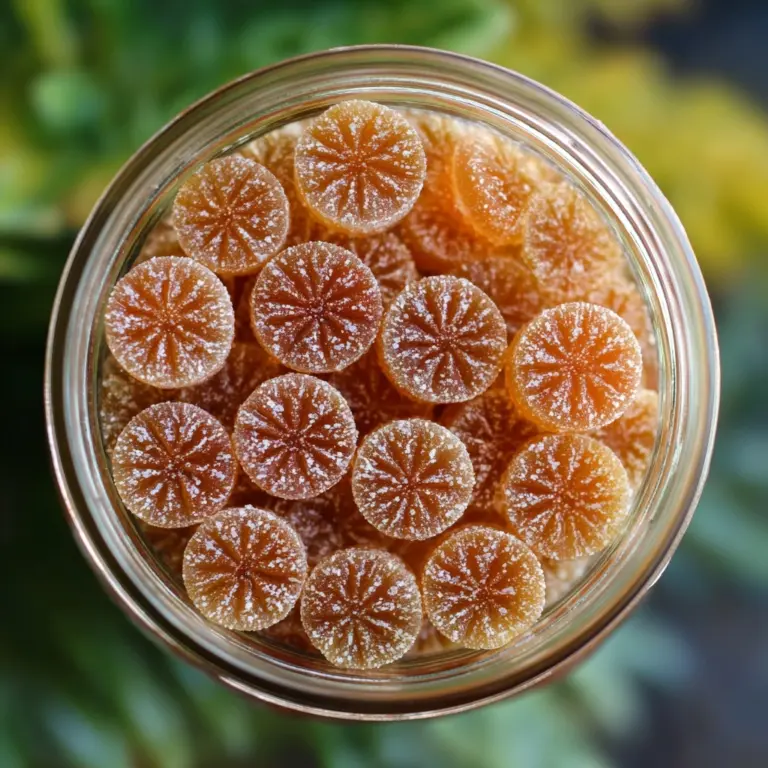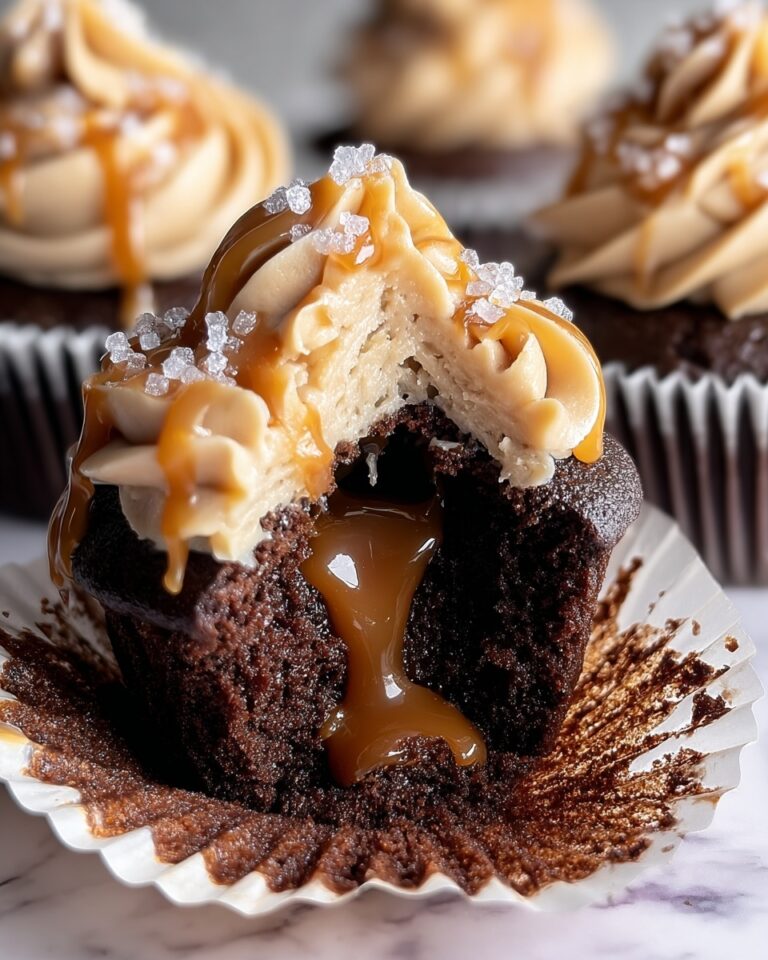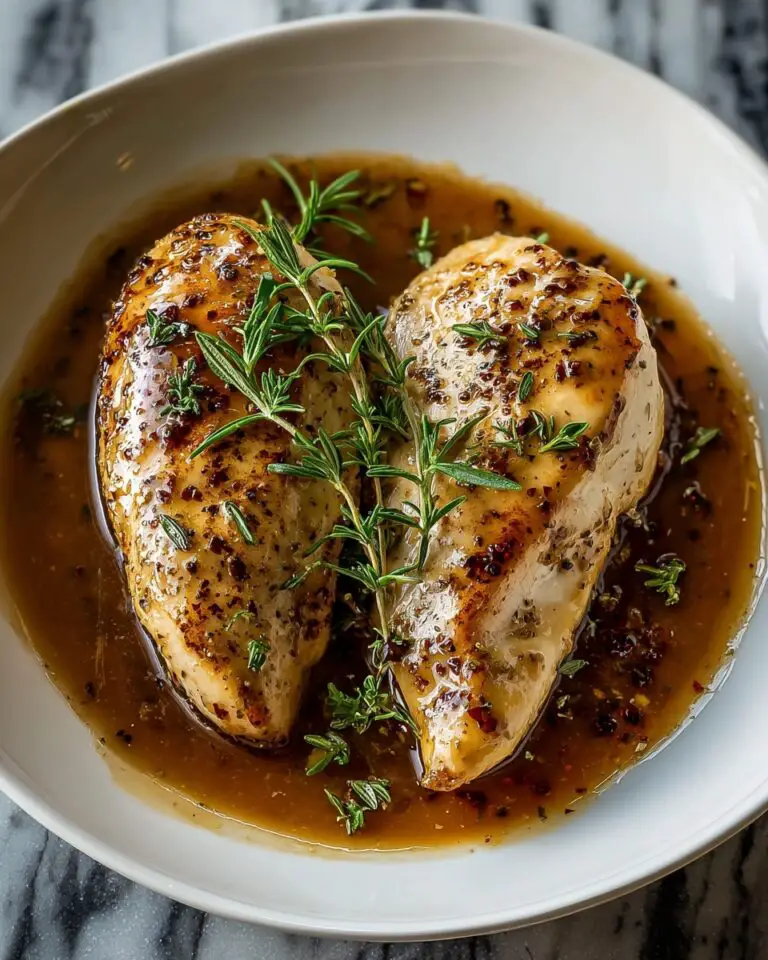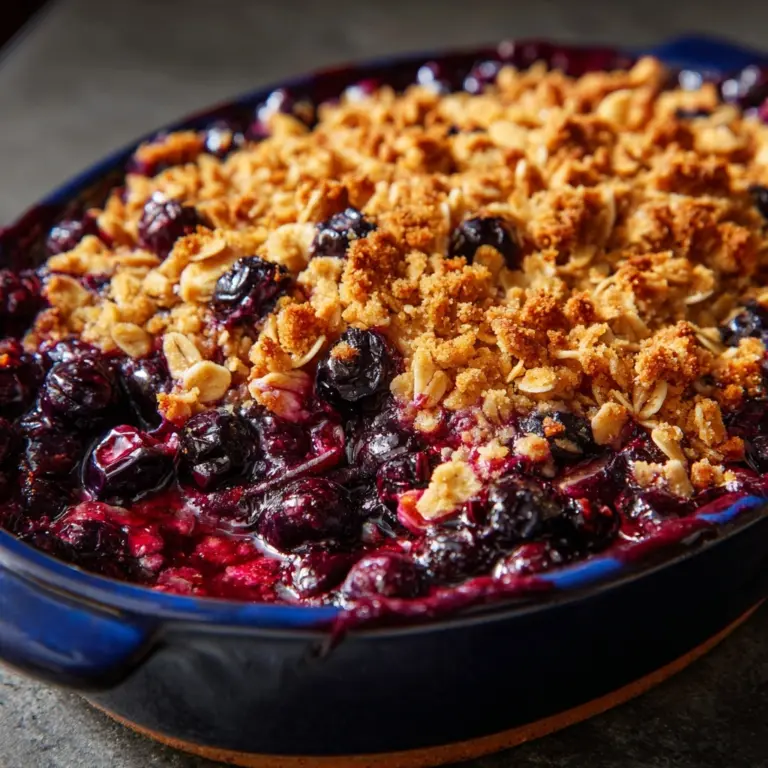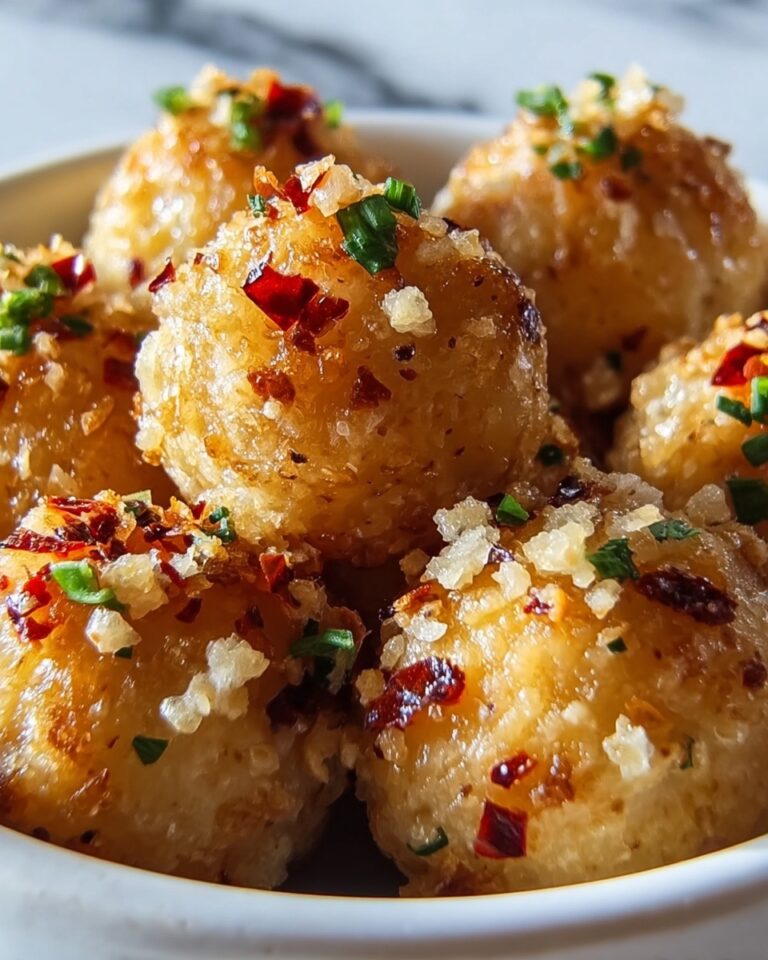If you have ever craved that perfect breakfast companion with a slightly crisp exterior and a delightfully soft, nooks-and-crannies interior, then you are in for a treat. This Homemade English Muffins Recipe brings the bakery right to your kitchen with simple ingredients and a process that’s as rewarding as the warm, toasty results. Whether you like them slathered with butter, jam, or piled high with eggs and bacon, these muffins have a rustic charm and flavorful depth that store-bought just can’t match.

Ingredients You’ll Need
The magic of this Homemade English Muffins Recipe lies in its straightforward ingredients, each playing an essential role in creating that perfect texture and taste. From the richness of butter to the gentle tang of white vinegar, every element is thoughtfully chosen.
- All-Purpose Flour: The sturdy foundation that provides structure to your muffins.
- Active Dry Yeast: Responsible for that fluffy rise and light texture.
- Sugar: Adds just enough sweetness and helps yeast activation.
- Salt: Balances flavor and enhances the dough’s complexity.
- Milk (warm): Contributes to tenderness and subtle richness.
- Butter (melted): Imparts a wonderful buttery flavor and soft crumb.
- Warm Water: Activates the yeast and loosens the dough.
- Cornmeal: Creates that classic slightly gritty bottom texture.
- Baking Soda: Adds an extra lift and helps with browning.
- Egg (large): Binds ingredients and enriches the dough.
- White Vinegar: Enhances tenderness and subtle tang.
How to Make Homemade English Muffins Recipe
Step 1: Warm the Skillet
Before your dough even rises, gently warm your skillet or griddle over low heat. This sets the stage for a consistent cooking temperature that will give your muffins their perfect golden crust without burning.
Step 2: Activate the Yeast and Mix the Dough
In a mixing bowl, combine the warm water, warm milk, sugar, and active dry yeast. Allow the mixture to sit until it becomes frothy—this bubbling action signals that your yeast is alive and kicking. Next, stir in melted butter, egg, white vinegar, salt, and flour to form a sticky but cohesive dough. This step is where your muffins start coming to life.
Step 3: Prepare Your Cooking Surface
Lightly oil your warmed skillet or griddle and sprinkle it generously with cornmeal. This not only prevents sticking but also imparts that unmistakable crunchy texture underneath each muffin.
Step 4: Let the Dough Rise and Shape
Cover the dough and let it rise comfortably for about an hour and a half, allowing it to double in size. Once risen, divide the dough into 8 to 10 equal pieces. Shape each piece gently into a disc, then coat each with cornmeal for that signature rustic appearance and texture.
Step 5: Cook the Muffins Slowly
Place your shaped discs onto the prepared skillet over low heat. Cover with a lid and cook for 7 to 8 minutes on each side, or until each muffin turns a beautiful golden brown. This slow cooking process ensures the inside cooks evenly without burning the surface.
Step 6: Cool and Fork-Split
Once cooked, transfer your muffins to a wire rack to cool. When they’re cool enough to handle, split them open with a fork rather than slicing with a knife—this technique preserves those lovely nooks and crannies that trap butter and jam so perfectly.
Step 7: Toast and Enjoy
Toast your muffins to your preferred crispness, then load them up with your favorite spreads or sandwich fillings. Whether you love them classic with butter or dressed up with eggs Benedict toppings, the possibilities are endless and always delicious.
How to Serve Homemade English Muffins Recipe
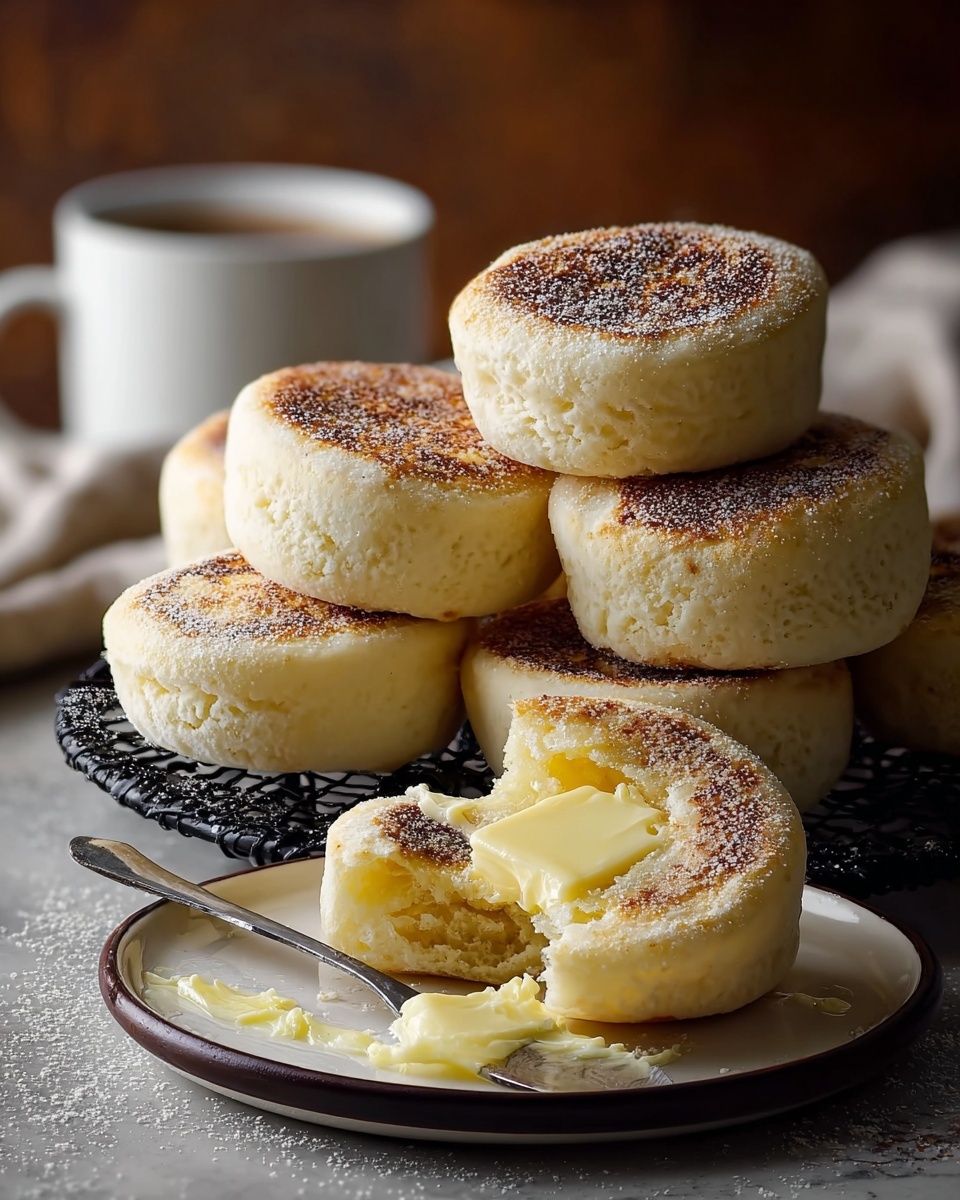
Garnishes
Simple toppings elevate homemade English muffins to next-level deliciousness. A pat of melting butter, a smear of honey or jam, or even a dollop of cream cheese makes for perfect contrasts that highlight the muffin’s texture and flavor.
Side Dishes
Pair your muffins with comforting breakfast staples like crispy bacon, scrambled eggs, or a colorful fruit salad. Their robust texture is also fantastic alongside soups or stews as a hearty, versatile side.
Creative Ways to Present
Try using your homemade muffins as mini sandwich bases for savory fillings like smoked salmon and dill cream cheese, or stack them with fresh tomato, mozzarella, and basil for a delightful twist. The sturdy yet tender crumb handles bold flavors with ease!
Make Ahead and Storage
Storing Leftovers
Keep leftover muffins in an airtight container at room temperature for up to two days. This maintains their softness and prevents them from drying out.
Freezing
For longer storage, freeze muffins individually wrapped in plastic wrap and placed in a freezer bag. They will keep their flavor and texture for up to three months, ready for quick breakfasts whenever you need.
Reheating
Defrost frozen muffins at room temperature, then either toast them or warm gently in a skillet for a few minutes. This revives their crisp exterior while keeping the inside tender and delightful.
FAQs
Can I use whole wheat flour instead of all-purpose?
Absolutely! Substituting some or all of the all-purpose flour with whole wheat will add nuttiness and more fiber, though the muffins might be a bit denser. Experiment to find your ideal balance.
Do I have to use cornmeal?
Cornmeal is traditional and adds a pleasing texture under the muffins, but you can skip it if needed. Just be sure to oil your pan well to prevent sticking.
Why do I need to fork-split the muffins?
Fork-splitting helps keep those signature nooks and crannies intact, creating pockets that beautifully hold butter or jam. Slicing with a knife can compress the crumb and lose this texture.
Can I make the dough in a bread machine?
Yes, many bread machines have a dough setting that works perfectly for this recipe. Just add ingredients as directed and shape the muffins after the machine cycles through.
What’s the purpose of the white vinegar in the recipe?
White vinegar helps tenderize the muffins and enhances their slight tang, contributing to the familiar flavor profile that makes English muffins so unique and delicious.
Final Thoughts
There’s something truly special about making your own bread-like treats, and this Homemade English Muffins Recipe is no exception. With simple ingredients and a bit of patience, you can create muffins that not only rival your favorite bakery’s but carry the pride of homemade goodness. I can’t wait for you to try them out and discover how effortlessly they become breakfast favorites in your home.
Print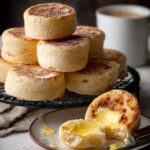
Homemade English Muffins Recipe
- Prep Time: 15 minutes
- Cook Time: 16 minutes
- Total Time: 1 hour 45 minutes
- Yield: 8–10 English muffins
- Category: Bread
- Method: Stovetop
- Cuisine: British
Description
This classic English Muffins recipe yields soft, lightly tangy bread rounds perfect for toasting and topped with butter or jam. Made with simple pantry ingredients and cooked on a skillet, these muffins have a tender crumb and characteristic nooks and crannies for holding melted butter.
Ingredients
Dry Ingredients
- 3½ cups All-Purpose Flour
- 2¼ teaspoons Active Dry Yeast
- 1 tablespoon Sugar
- 1 teaspoon Salt
- ½ teaspoon Baking Soda
Wet Ingredients
- 1 cup Milk, warm
- ½ cup Warm Water
- 2 tablespoons Butter, melted
- 1 large Egg
- 1 teaspoon White Vinegar
Other
- Cornmeal, for dusting
Instructions
- Warm the Skillet: Begin by warming your skillet or griddle over low heat while your dough is proofing. This ensures the cooking surface is evenly heated but not too hot.
- Activate the Yeast: In a bowl, combine the warm water, warm milk, sugar, and active dry yeast. Let this mixture sit until it becomes frothy, indicating the yeast is active and ready to use.
- Mix Dough: Add the melted butter, egg, and white vinegar to the yeast mixture. Stir in the flour and salt until a sticky dough forms.
- Prepare Cooking Surface: Lightly oil your warmed skillet or griddle and sprinkle it generously with cornmeal to prevent sticking and add texture.
- Proof the Dough: Let the dough rise in a warm area for 1½ hours or until it has doubled in size. After proofing, divide the dough into 8 to 10 equal pieces. Shape each piece into a disc and coat each with cornmeal.
- Cook the Muffins: Place the dough discs onto the prepared skillet over low heat. Cover the skillet and cook the muffins for 7–8 minutes on each side until they are golden brown and cooked through.
- Cool and Split: Transfer the cooked muffins to a wire rack to cool. Once cooled, split each muffin with a fork rather than cutting to preserve the classic nooks and crannies texture.
- Serve: Toast the English muffins and enjoy with your favorite spreads or use them for sandwiches.
Notes
- Low heat cooking is essential to achieve a golden brown exterior without burning while allowing the muffins to cook thoroughly inside.
- Fork-splitting rather than cutting helps maintain the traditional texture and pocket formation of English muffins.
- Make sure liquids are warm, not hot, to avoid killing the yeast.
- Allow enough time for dough to double in size during proofing to ensure light, airy muffins.
- Sprinkle cornmeal on the cooking surface and on dough discs to prevent sticking and add a slight crunch.

